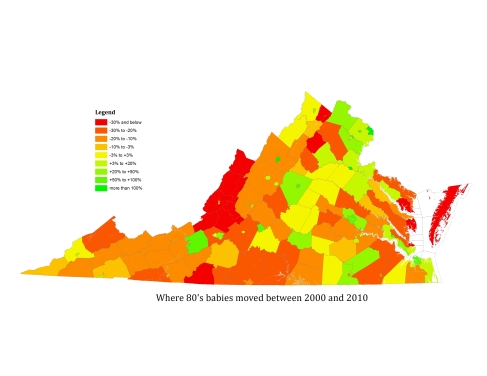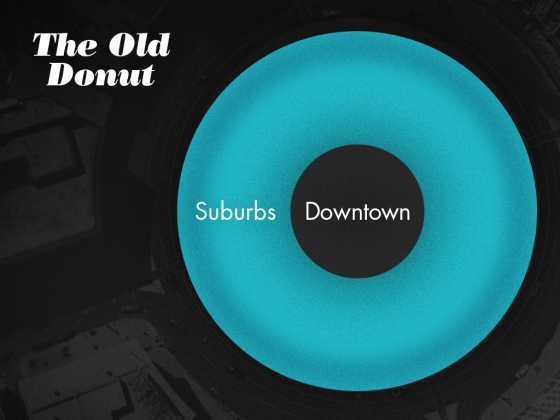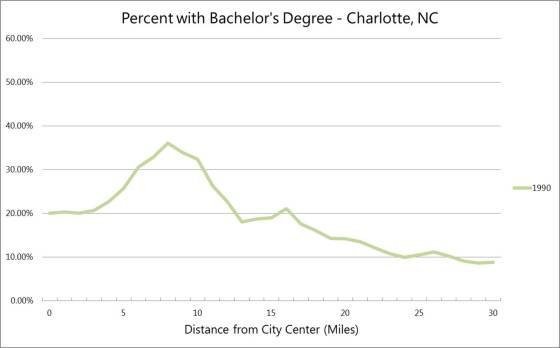Much has been made of the living preferences and economic situation of millenials. In the current economy, most localities can expect to lose almost all of their brightest young people to college towns. Whether these localities are able to lure these college graduates back is another story, and an important one since (many argue) it’s during the free-and-easy years after college that most young people will start businesses, launch careers, and develop regional networks and allegiances.
In this post, I’ll take a closer look at the people who were in their 20’s during the 2010 census. That’s people born between 1980 and 1990. As one might expect, those 80’s babies were reasonably well-distributed when the prior census was taken in 2000. At this point, the millennials were anywhere from 10 to 19 years old. There was an uptick in college towns (18 and 19 year-olds), but it wasn’t huge. In fact, that uptick helps to balance out the number of millenials who were undergraduates during the 2010 census (20 and 21 year-olds).
Ten years later, some of those kids are still in college or graduate school, some are young professionals, some are in the military, some are in prison, and some have young families with several kids.

Continue reading →
 An example of that model appears in this graph, which shows the percentage of adults over 25 with college degrees in the Charlotte, NC metro area in 1990. The x-axis is distance from the center of downtown.
An example of that model appears in this graph, which shows the percentage of adults over 25 with college degrees in the Charlotte, NC metro area in 1990. The x-axis is distance from the center of downtown.


